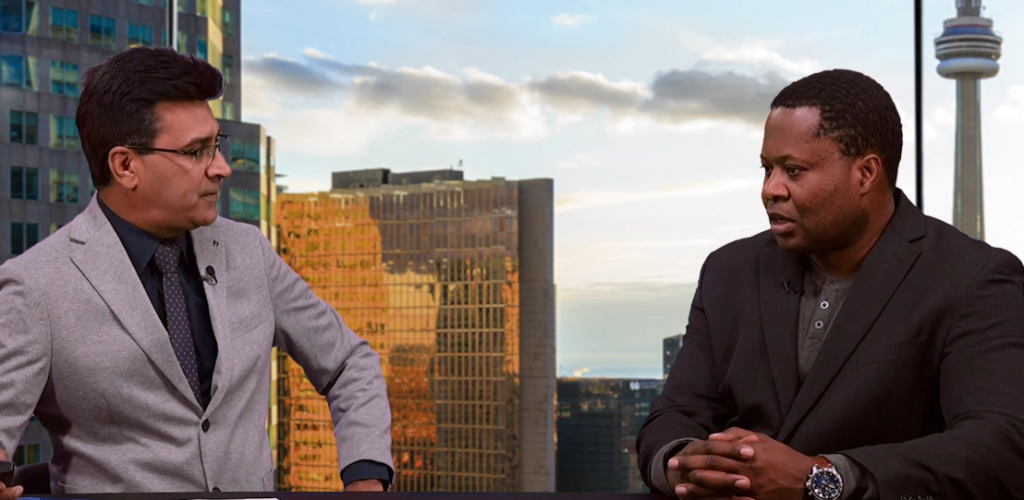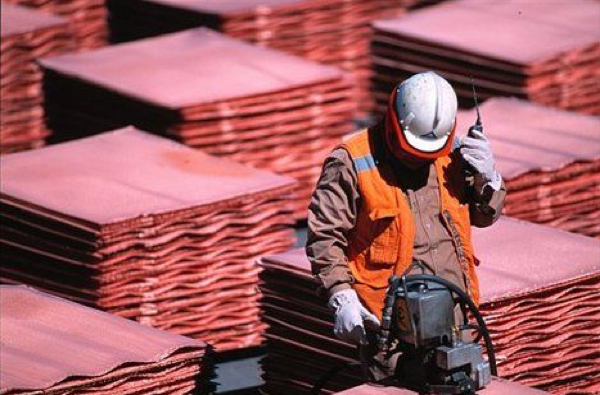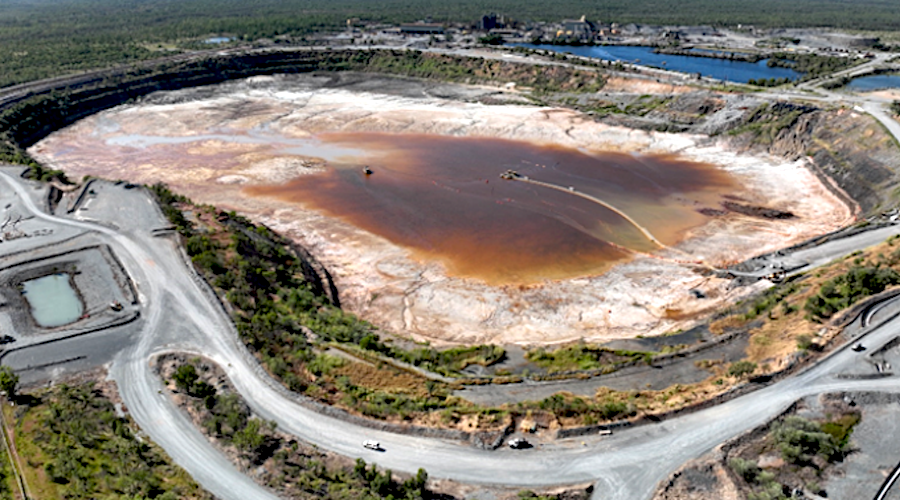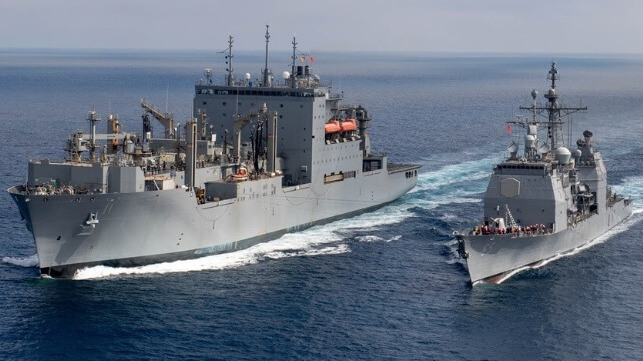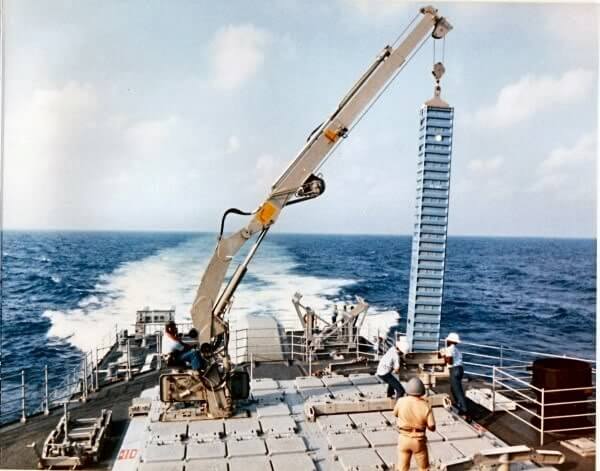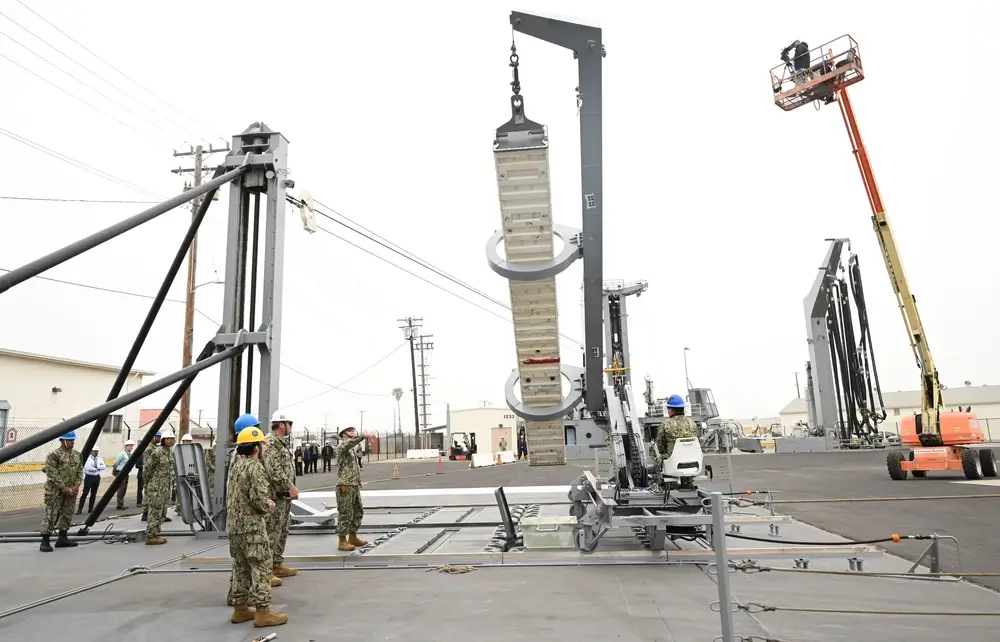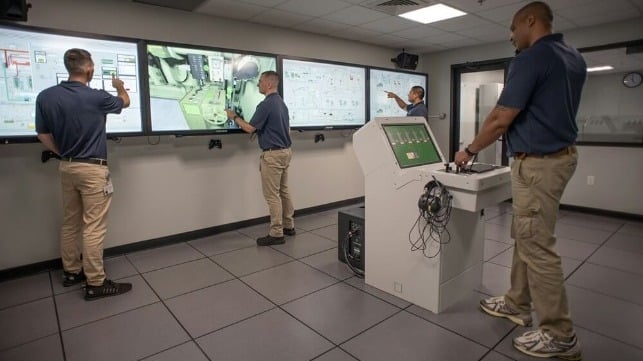To state the obvious, the maritime industry is struggling to sustain qualified seafarers i sufficient quantities, struggling against a backdrop of evolving technology and myriad commercial concerns such as ESG. This chaotic patchwork is framed by what can only be described as an all-out panic as international leaders react (finally!) to the realization that the maritime industry is critical for economic stability and security.
Color the industry unsurprised, having predicted this seafarer scarcity for decades.
Over twenty years ago, the American Maritime Officers’ Union (AMO), via its STAR Center training division, developed comprehensive programs to address the issue. These programs are designed for individuals on both deck and engineering license paths and include an Officer in Charge of an Engineering Watch (OICEW) curriculum which, according to Director of Training, Captain Gerard Pannell, “will reopen the hawsepipe path, addressing the burden imposed by increased STCW requirements and removing a potential barrier to advancement.”
The mariner shortage is recognized as a critical challenge for the industry globally, significantly impacting supply chains and economic stability, but it’s not just about filling open roles on board. Better-trained and highly skilled professionals are required to navigate the complexities of modern maritime operations. The problem is you can’t get experience without getting the job, but you can’t get the job without experience.
Innovations across the training and education spectrum mirror those of the industry itself and offer potential solutions. With a comprehensive online infrastructure, Maritime Trainer, for example, espouses a strategy integrating customized training with the evolving needs of the industry. Specializing in bespoke solutions, Maritime Trainer “expands the knowledge and skills that seafarers require in a cost-effective manner, providing a holistic and blended training experience,” says Captain Ozgur Alemdag, CEO.
Meanwhile, despite being caught in the middle of the Russia-Ukraine war, Rector Dr. Mykhaylo Miyusov and his team at the National University of Odessa Maritime Academy (NUOMA) are leveraging innovation to maintain a healthy maritime officer training program. “Even being under conditions of war, NUOMA continues to take all possible measures to ensure the quality of education and to achieve its maritime objectives,” states Dr. Miyusov, one of which is to “build a bridge” between people’s desires to obtain qualifications and the needs of the maritime labor market.
The Diversity Challenge
The pace of change in the maritime sector continues to accelerate. Innovation is pushing the technical boundaries of shipboard systems, and the slope of the learning curve is becoming dangerously steep.
However, as learning tools are advancing, the profile of the typical mariner appears to be finally shifting as well. Anecdotally, one U.S. East Coast vessel operator notes that the average age of its vessel captains dropped from 67 to 33 in less than three years! While that may be exceptional, it illustrates the trend toward younger mariners, who provide a much different perspective on technology and learning styles.
Training providers such as MarinePALS realize that a paradigm shift is required to better equip the future maritime industry. “The major challenge is that many companies in the industry have historically looked at training from a minimum compliance viewpoint rather than from the perspective of resilience and growth,” says Founder & CEO, Captain Pradeep Chawla, pointing out that the maritime industry spends less than half of other high-hazard industries on training as a percentage of operating costs.
Modern training methods must be adapted for a new generation, but maintaining motivation among these trainees can be challenging. Maritime Trainer’s Alemdag points out that younger learners have different expectations: “As digital natives, they tend to favor interactive and gamified learning experiences over conventional approaches.”
Training providers must incorporate modern elements that pose unique challenges with real-time feedback to keep trainees engaged. Innovative methods include micro-training, virtual reality (VR) simulations and interactive e-learning. The key, according to Captain Jon Kjaerulff, Director of Business Development at the Maritime Institute of Technology and Graduate Studies (MITAGS), “is to help mariners and employers view training as an investment, not an expense.”
Of course, diversity is another major challenge, and while many shy away from the perceived issues surrounding diversity, equity and inclusion (DEI), NUOMA embraces them by creating equitable conditions, an effort it initiated long before the Russian invasion. In accordance with the policy of the IMO, the involvement of women in particular is strongly supported. Furthermore, a significant strength of Ukrainian seafarers in international shipping is their service as part of multinational crews, emphasizing respect and tolerance for crew members of other nationalities, cultures and religions.
Cutting through the positives of accessibility and inclusiveness, however, is safety, the core concern of many underrepresented groups. In particular, women and LGBTQIA+ are not well represented in the industry, due in no small part to the fundamental issue of safety.
“These seafarers may have faced a variety of difficulties on board including harassment and a general lack of acceptance,” states MarinePALS’ Chawla. For this reason, training organizations have developed programs on sexual assault and sexual harassment (SASH), mental health issues, suicide prevention and other topics to introduce seafarers to viewpoints with which they may not be familiar or comfortable.
Maritime training institutes have long understood that diversity and representation are crucial to strengthening the industry, and this diversity extends to the accessibility of the training platforms themselves. Modern training programs are designed to be inclusive and accessible, providing materials in multiple languages and ensuring user-friendly platforms for individuals with varying levels of digital literacy.
“Everybody Wins”
Attracting new and diverse talent is only one part of the effort necessary for maritime’s growth.
Newly minted seafarers are faced with technology that will continue to evolve throughout their careers. As MarinePAL’s Chawla puts it, “Seafarers will have to get used to continuous learning and rapid changes in technology. Continuous professional development (CPD) will play a vital role as seafarers not only keep up to date but also maintain the credentials necessary to prove their qualifications.”
AMO STAR Center has undertaken a significant effort to update the content and delivery of its professional development courses beyond the engineering hawspipe pathway. Its expanded CPD programming includes bridge-oriented skills such as emergency shiphandling, electronic navigation and dynamic positioning. It’s Captain Pannell’s belief that “This will lead to enhancing the skills of our AMO officers by providing CDP that is relevant, practical for today’s real-world requirements, and for the vessels of the future.”
Maritime TOAR Assessments, out of Rhode Island, leans heavily on simulation training and assessments to improve mariners’ perception and judgment of dangerous situations. Simulation improves training outcomes compared to conventional on-board training exercise and creates more collaborative, critical thinking.
NUOMA supports adaptability and collaboration as keys to a modern workforce regardless of conditions. Despite martial law, Dr. Miyusov and his team continue to participate in international activities and organizations as Ukrainian delegates to the International Association of Maritime Universities. NUOMA ensures that innovation remains a crucial part of its evolving curricula including greenhouse gas reduction, alternative fuels, autonomous vessels and cybersecurity.
To be certain, the meaning of “competence” has evolved well beyond what might be considered traditional seafaring skills. In addition to technical literacy, these skills now include vocational aptitude, personality profiles, maritime English proficiency and comprehensive onboard training encompassing cultural integration and SMS.
MITAGS’ Kjaerulff reminds us, however, that regardless of the courses being taught or the delivery method employed, the overarching goal of training has never changed – and never should. Keeping ships safe and protecting the environment require highly trained professionals. “We align ourselves with industry players and people who want to be the best and are always looking for ways to do better,” Kjaerulff says. “When ships come home safe and there are no accidents, everybody wins.”
Industry 4.Ocean
Today, we thrive in the chaos of what many consider the Fourth Industrial Revolution, a revolution characterized by a blinding pace of innovation, increased scrutiny of ESG issues and equal parts fear and anticipation of growing digitalization and autonomy.
The maritime sector is quickly becoming a brave new watery world with brand-new adventures and challenges.
Training providers navigate a landscape marked by rapid technological advances, evolving industry standards and shifting workforce demographics. The integration of advanced technologies like AI, VR and machine learning into training requires a significant investment of time and resources but simultaneously offers unique and malleable solutions to emerging issues.
Maritime consultant Chad Fuhrmann is the founder of REvolution Consulting X Engineering.
The opinions expressed herein are the author's and not necessarily those of The Maritime Executive.


